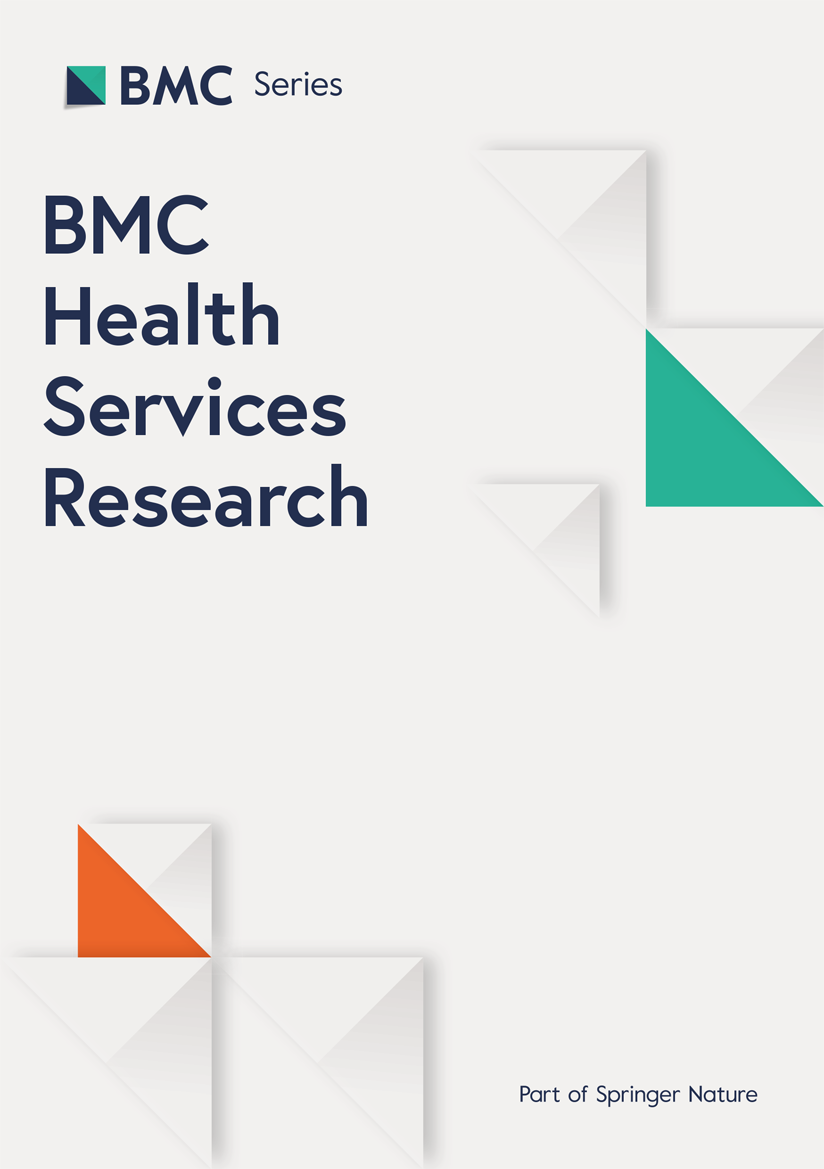Study Design
This descriptive phenomenology study explored the oral healthcare practices of pregnant women in Southwestern Nigeria, focusing on the perspectives of healthcare providers regarding the uptake of preventive oral healthcare services in public health facilities, and addressing associated challenges. The study adopted an integrated care model, expanding on prior research conducted in Canada on the integration of oral health into antenatal care services [22, 23].
Setting
The study was conducted in Ekiti and Osun States in Southwestern Nigeria between July and August 2023. These States are predominantly Yoruba-speaking population with rich cultural traditions and practices that influence the uptake and use of healthcare and antenatal care [24]. Each State has three senatorial districts.
Participants
The participants comprised of healthcare workers working in health facilities that provided antenatal care, and who had a minimum of one-year working experience in these facilities. Eligible participants include midwives, dentists, and Obstetricians and Gynecologists. Participants had to also provide written informed consent to participate in the study. Participants who were not present in the office at the time of study conduct were excluded from the study.
Sample size
For the study, the aim was to recruit healthcare providers from the primary, secondary and tertiary health institutions: 12 midwives, six obstetricians and two dentists per local government. This ensured representation of key professional groups in the study — midwives and obstetricians for antenatal care, and dentists for oral health—while reflecting diverse resource settings and patient populations. The composition allows for in-depth, qualitative data sufficient to reach saturation. Two dentists per local government, though fewer in number, reflect the relatively smaller pool of oral health providers and still allow for capturing key insights on integrating oral care.
Sampling procedure
A four-stage sampling method was used to select participants for the study. In the first stage, one senatorial district was selected from the three senatorial districts in each of the State (Osun West in Osun State, and Ekiti Central in Ekiti State). At the second stage, the selected senatorial districts were divided into local government areas, and the local government area hosting a tertiary health institution was purposefully selected for the study. At the third stage, one primary, one secondary, and one tertiary health institution with a moderate to large antenatal attendee population was purposively selected in each of the local government area. A moderate population is defined as having a monthly antenatal attendance of approximately 30–50 patients, while a large population refers to institutions with antenatal attendance exceeding 50 patients. At the fourth stage, study participants were selected from each of the six health facilities. Participants for the study were purposively selected. The physician-in-charge and directors of nurses at each health facility were engaged to help identify potential respondents who met the eligibility criteria, for the interviews in their respective institutions. Subsequently, the research team, independent of these gatekeepers, contacted the individuals who met the inclusion criteria and invited them to participate in the study.
Data collection
The in-depth interviews were conducted in English and/or Yoruba based on participants’ preferences. The guides for the interview were developed in both languages using back-to-back translation of the interview guide, and approved by the ethics committee. However, probing of participants’ responses was permissible. Interviews were conducted in private venues during the participants’ lunch breaks to minimize disruption to healthcare activities. The date, time and space for the interview was determined by the participant.
Each interview, lasting between 35 and 60 min, and was audio-recorded. Participants were informed about the audio recording, and their permission to record was sought prior to the interviews. The semi-structured in-depth guide was developed following the review of the literature [22, 23], and tested for language appropriateness with a representative of each group of healthcare workers eligible for study participation. These individuals were not included in the main study. No significant methodological adjustments were required for the guide.
The four interviewers—two public health specialists, a nurse-midwife, and a social scientist—have at least 5 years of experience conducting qualitative research between them. They are also fluent in both English and Yoruba. All are actively involved in healthcare delivery research. The study’s Principal Investigator (LBA) trained them on the study protocol, data collection techniques, communication skills, ethical research practices, and interviewing methods to ensure consistency, methodological rigor, and effective participant engagement. The training was conducted for 1–2 h every day for three days.
Data analysis
The researcher utilized Braun and Clarke’s six-step thematic analysis approach to analyze the qualitative data [25]. These steps encompassed familiarization with the data, generating initial codes, developing themes, reviewing themes, defining and naming themes, and producing the report. This method facilitated the systematic identification, organization, and interpretation of themes within the data, ensuring a rigorous and comprehensive analysis process [25].
The recordings from the interviews were transcribed. The research team listened to the audio recordings repeatedly and re-read transcripts to ensure they accurately reflected the participants’ thoughts and opinions. Manual coding of the audio discussions’ transcriptions was performed, leading to the development of a codebook. Additionally, computer-assisted qualitative data analysis software (Atlas.ti version 8) was employed to extract key themes from the data. To mitigate potential bias, an independent coder was engaged, and thorough verification of all collected data was conducted through meticulous scrutiny, ensuring rigor in the analysis process.
Rigor
The study ensured credible data generation through continuous interaction with participants, fostering a comfortable environment for open expression. Peer debriefing further strengthened data credibility, with input from qualitative researchers familiar with the methodology. Member checking validated interview guides, ensuring accurate capture of participant experiences. Verbatim transcription, fieldnotes and meticulous coding ensured data reliability, facilitating identification of key themes. Data saturation enhanced transferability, ensuring comprehensive representation of the study population. Dependability was upheld by meticulous documentation of research procedures, ensuring transparency and accountability. A thorough review process of raw materials, including audio recordings and field notes, enhanced consistency in findings, enhancing dependability. Confirmability was ensured through a comprehensive review of all raw materials, aligning research findings with collected data.
link

